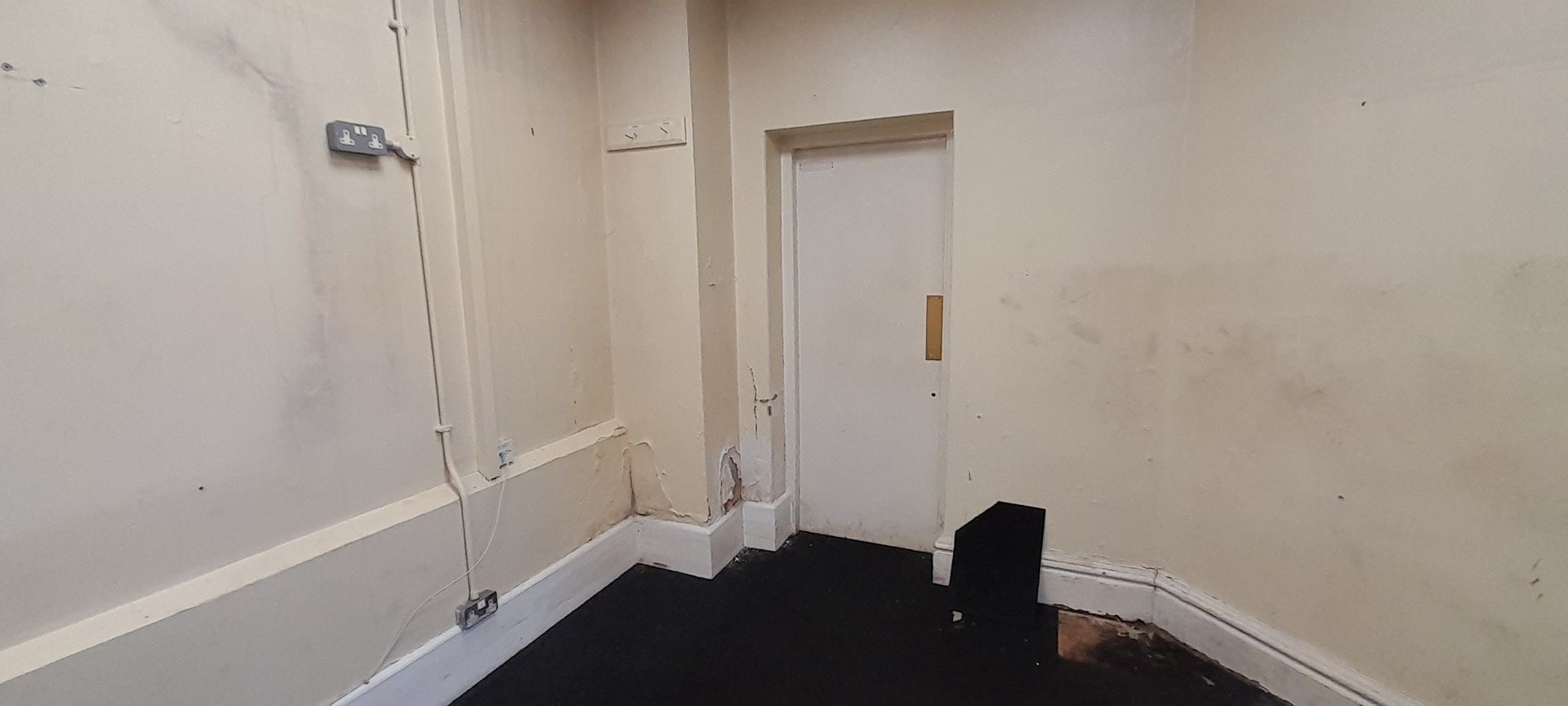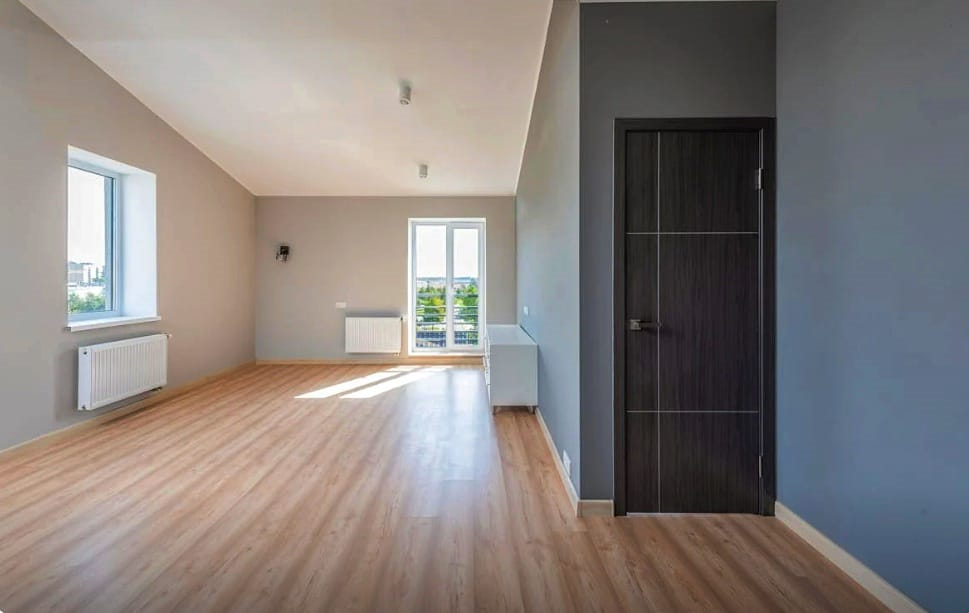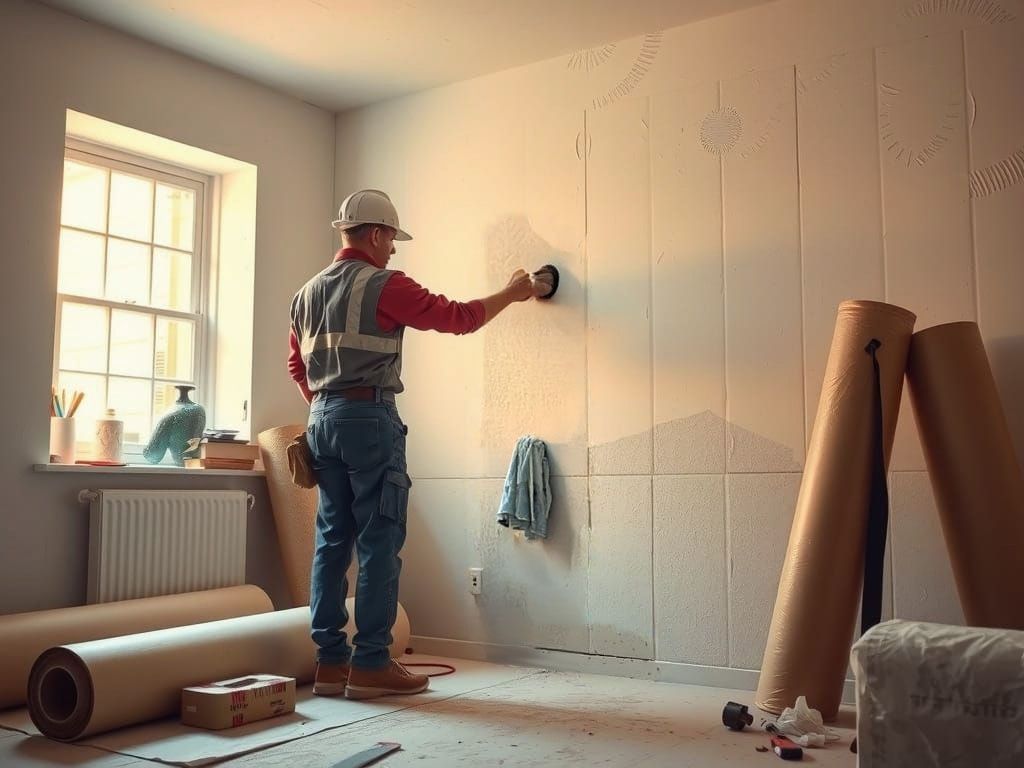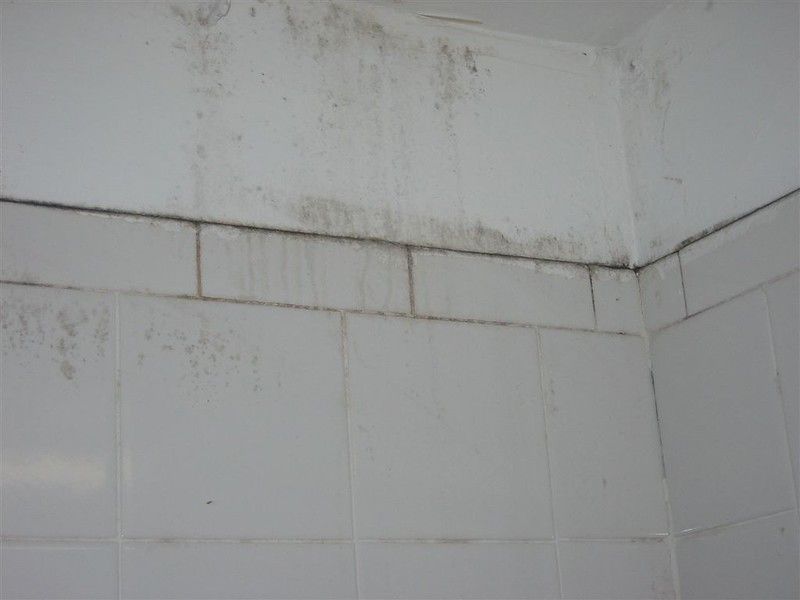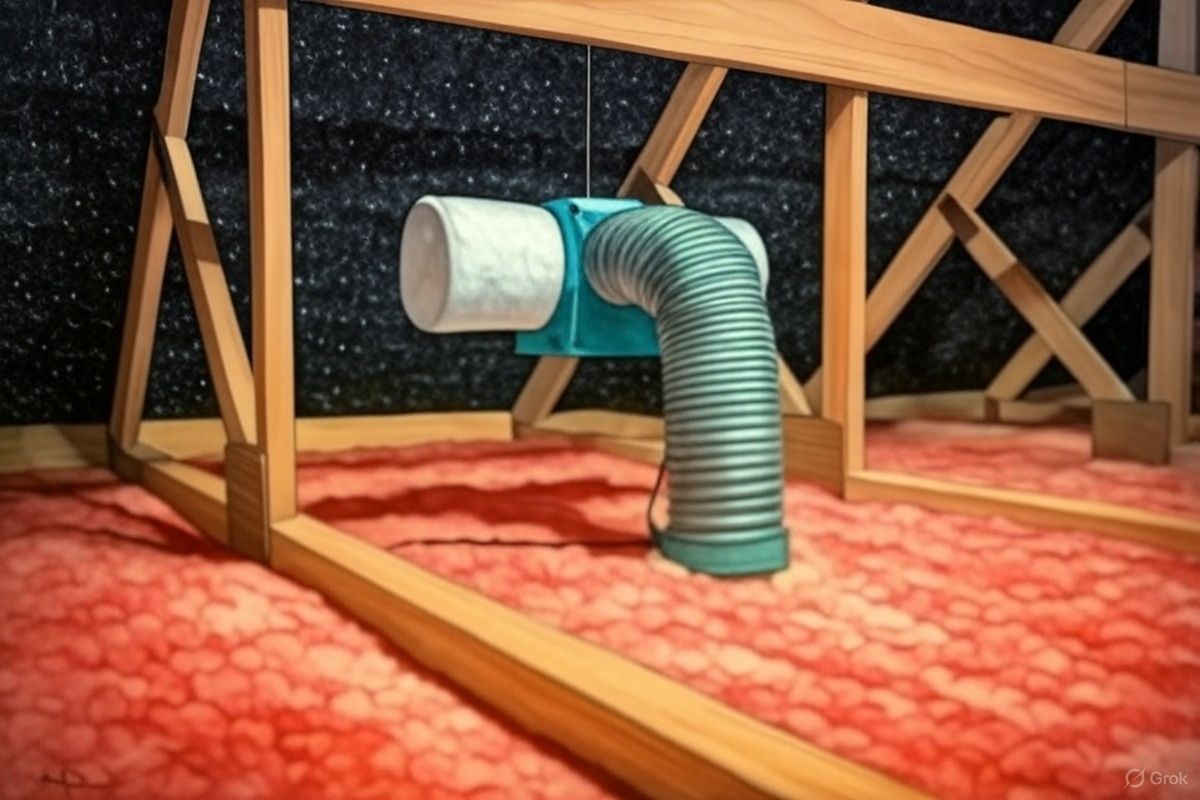What Causes Rising Damp? A Complete Guide from Damp Proofing Experts in Sheffield
WRITTEN BY THINKDRY DAMP PROOFING SPECIALIST
Rising damp is a sneaky, stubborn problem that plagues thousands of UK homes every year. In Sheffield and across South Yorkshire, it’s especially common in older properties. Left unchecked, it can rot timbers, ruin plaster, and even affect your family’s health through mould.
At ThinkDry, we’ve been delivering expert damp proofing Sheffield services for over 15 years. This plain-English guide cuts through the jargon to explain exactly what causes rising damp, how to spot it, and what to do about it.
Need help now? Book a free survey in Sheffield
What Is Rising Damp – And Why Should You Care?
Rising damp happens when groundwater soaks up through your walls like a sponge. Tiny pores in brick, stone, and mortar act like straws, pulling moisture upwards from the soil.
This isn’t the same as:
- Condensation (steamy windows, black mould in bathrooms)
- Penetrating damp (leaks from roofs or gutters)
Rising damp always starts at ground level and rarely climbs above 1 metre. It leaves tell-tale signs: tide marks, flaky plaster, and salty white stains.
Did you know?
One in five older UK homes has rising damp (Property Care Association). In Sheffield, heavy clay soil makes the problem worse.
The 4 Main Causes of Rising Damp
1. No Damp-Proof Course (DPC) – Or a Broken One
Every modern home has a damp-proof course – a waterproof layer built into the walls about 15 cm above ground level. It stops water rising.
But most Sheffield homes built before 1960 don’t have one, or the original has failed.
Common DPC problems:
- Cracked slate or bitumen from house movement
- 1980s chemical injections that only last 20–30 years
- No DPC at all in Victorian terraces
Spot the signs:
- Brown “tide marks” up to 1 m high
- Peeling wallpaper or blown plaster
- White, fluffy salt crystals (hygroscopic salts)
Our damp proofing Sheffield team uses specialist tools to confirm rising damp – not just a cheap moisture meter.
2. A “Bridged” Damp-Proof Course
Even a perfect DPC fails if something creates a shortcut for water.
Top bridging culprits in Sheffield:
- Patios or paths built above DPC level
- Soil or flower beds piled against the wall
- Internal plaster running below the DPC
- Rubble trapped in cavity walls
Sheffield’s hilly streets mean many homes have extensions with mismatched DPC heights – a classic bridging trap.
3. Sheffield’s Soil and High Water Table
Sheffield sits in a river valley with heavy clay soil that holds water like a sponge. Areas like Attercliffe, Brightside, and the Don Valley have naturally high groundwater.
Pro tip: Only a proper survey with deep wall probes and salt testing can tell for sure. DIY moisture meters often get it wrong.
The Science Bit (In Plain English)
Water rises through tiny tubes in your walls – a process called capillary action. The narrower the tube, the higher the water climbs.
Victorian bricks have wide pores = water rises fast.
Modern bricks have tiny pores = less rising damp.
Sheffield’s soft red bricks + clay soil = a perfect storm for rising damp.
What Happens If You Ignore Rising Damp?
Your Home
- Rotten skirting boards and floor joists
- Blown plaster that falls off in chunks
- Cracked brickwork from frost damage
Your Health
- Mould spores trigger asthma and allergies
- Dust mites love damp homes
- Salts pull moisture from the air, making walls feel wet even after treatment
How We Diagnose Rising Damp in Sheffield
No guesswork. Our CSRT-qualified surveyors follow British Standards:
- Visual check – tide marks, salts, high soil
- Moisture profiling – drill holes every 10 cm up the wall
- Salt testing – lab analysis to prove groundwater
- Thermal camera – spots hidden cold bridges
We never rely on surface moisture meters alone – they can’t tell rising damp from a spilled cup of tea.
Proven Fixes for Rising Damp
1. Chemical DPC Injection
We drill and inject silicone cream that spreads to form a new waterproof barrier.
Success rate: 95%+ when done right.
2. Physical DPC (for solid walls)
Cut a slot in the wall and insert a new membrane. Used in older 9-inch solid walls.
3. Replastering – The Forgotten Step
Old plaster is contaminated with salts. We:
- Hack off to 50 cm above the damp mark
- Apply salt blocker
- Replaster with breathable render
Skip this, and damp returns in months.
Stop Rising Damp Before It Starts
Outside
- Keep soil/patios 15 cm below DPC
- Fit French drains if water pools
- Clear air bricks and add more if needed
Inside
- Use breathable paint (not vinyl)
- Heat and ventilate properly
- Tank solid floors during renovations
Why Trust ThinkDry for Damp Proofing Sheffield?
- Local experts – we know Sheffield’s clay, hills, and old terraces
- CSRT surveyors – the gold standard qualification
- 30-year insurance-backed guarantees
- Free surveys – no pushy sales
- Eco-friendly products – low odour, low VOC
Book your free damp survey today
Real Sheffield Case Study: S7 Semi in Dore
Problem: Damp patches in living room and hallway. Previous firm said “condensation – buy a dehumidifier.”
Our findings:
- Moisture: 28% at skirting, 6% at 1.2 m
- Salts: High nitrates = groundwater
- Cause: Patio 8 cm above DPC
Fix: Chemical DPC + full replaster
Cost: £2,400
Result: Bone dry in 8 months. 30-year guarantee.
The True Cost of Doing Nothing
| Issue | Typical Cost |
|---|---|
| Replaster one room | £800–£1,200 |
| Replace rotten floor | £2,000–£4,000 |
| Structural brick repairs | £5,000–£15,000 |
| Asthma treatment (per year) | £1,200 |
One survey now saves thousands later.
Your Next Step
Rising damp won’t fix itself. But with the right diagnosis and treatment, it’s 100% curable.
Don’t waste money on dehumidifiers or paint-over solutions. Get a proper survey from damp proofing Sheffield experts who understand local homes.
| Soil Type | Effect on Your Home |
|---|---|
| Clay | Slow drainage = more rising damp |
| Sandstone | Variable – some areas flood easily |
| Old industrial fill | Raises water table under foundations |
4. Poor Under-Floor Ventilation
Many Sheffield homes (especially in Hillsborough, Walkley, and Crookes) have suspended wooden floors. Air bricks let fresh air flow underneath to keep timbers dry.
Problems we see every week:
- Blocked air bricks (by leaves, soil, or decking)
- No air bricks at all
- Solid concrete floors poured over the original vents
This traps moisture and speeds up rot in joists and floorboards.
Rising Damp vs Other Damp – How to Tell the Difference
| Feature | Rising Damp | Condensation | Penetrating Damp |
|---|---|---|---|
| Where? | Ground floor only | Any room, any height | Near leaks (roof, pipes) |
| Height | Up to 1 m | Often corners/ceilings | Random patches |
| When? | All year | Worse in winter | After rain |
| Smell? | Musty, earthy | Stale, mouldy | Variable |
| Salts? | Yes – white crystals | No | No |
ThinkDry – Sheffield’s damp proofing specialists.
Need some advice?
Talk to one of our experts:
07972 822827
Quick Form
Fill in the form below and we will be in touch soon
Quick Form
